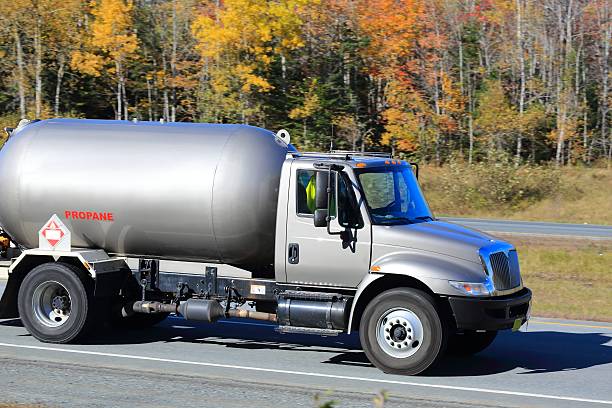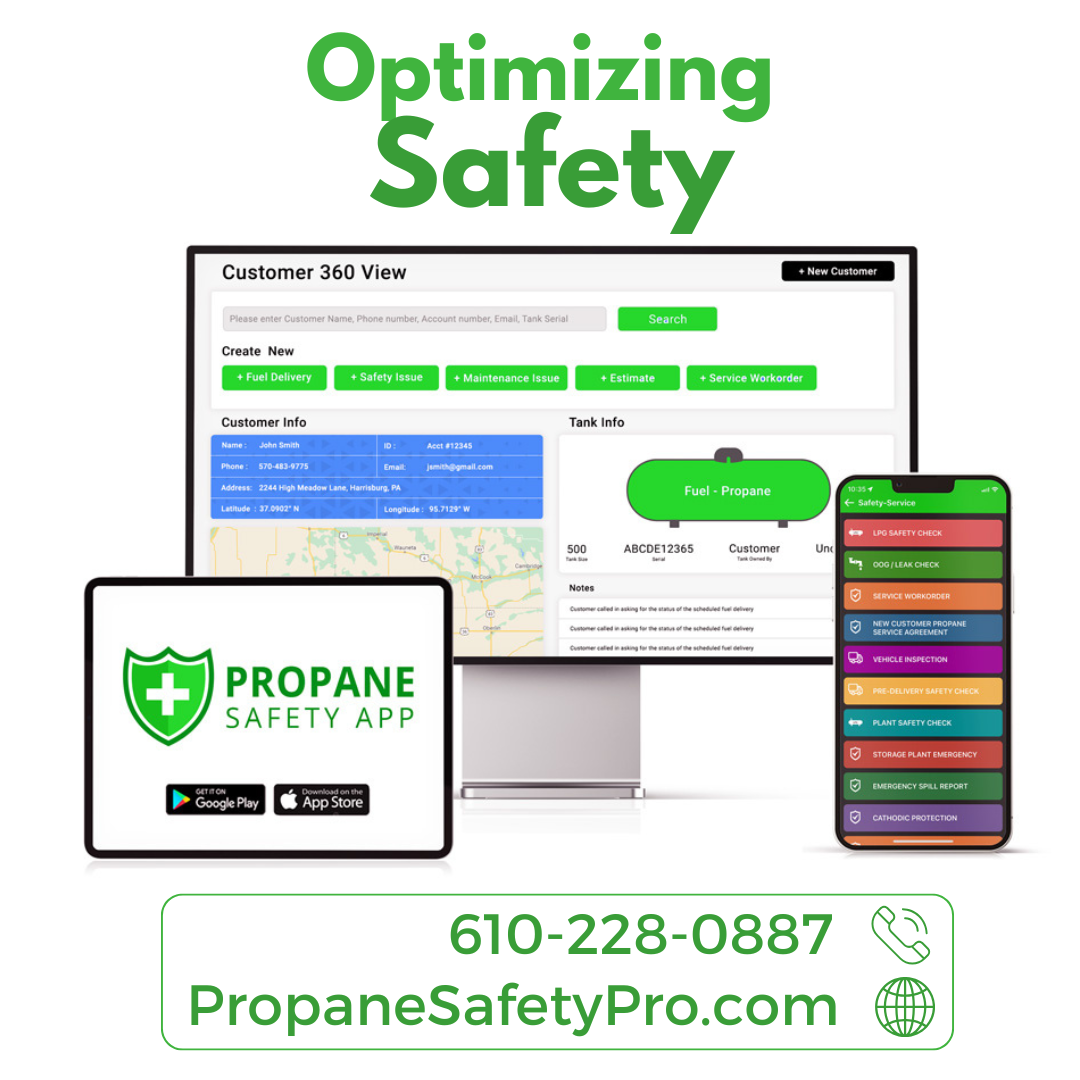Ensuring Safety and Stability: Propane Delivery Trucks and Diminishing Loads

Operating propane delivery trucks presents unique challenges that require careful consideration. While defensive driving is essential, additional hazards arise from driving a propane bobtail, particularly due to the changing weight distribution caused by diminishing loads.
Understanding Center of Gravity and Diminishing Loads
As the amount of propane in the tank decreases during the day, the center of gravity of a bobtail shifts. The center of gravity represents the point around which the vehicle’s total weight is distributed. Factors such as tank capacity, length, diameter, propane weight, outage, and slosh all influence the driving performance and stability of the truck.
Tank Diameter and Center of Gravity
The diameter of the tank plays a significant role in determining the center of gravity. Bobtails with larger tank diameters, such as the standard 80-inch diameter, have higher centers of gravity and are more susceptible to the effects of diminishing loads and weight changes. In contrast, bobtails equipped with a smaller 72-inch diameter tank exhibit lower centers of gravity and enhanced stability.
Propane Weight and Sloshing
The weight of the propane itself affects the center of gravity. A fuller tank with a higher propane volume will result in a higher center of gravity. Moreover, propane sloshing within the tank can dynamically shift the center of gravity.
When the bobtail is in motion, acceleration, braking, turns, and road bumps cause the propane to move, altering the center of gravity. Drivers often notice the effects of sloshing more when the tank is not fully loaded to 85% volume, as the propane has greater room to gain momentum and shift.
Role of Baffles and Safe Driving Practices
Propane cargo tanks are equipped with baffles which act as partitions between the tank walls. These baffles help control the surge of propane within the tank during braking and acceleration, ensuring stability. Drivers should maintain adequate distance from vehicles in front, practice gradual braking, and execute turns smoothly, taking into account the presence of baffles.
Importance of Driver Training and Propane Safety Pro
To ensure safe operations, comprehensive driver training is paramount. The Federal Motor Carriers Association (FMCSA) mandates Entry Level Driver Training (ELDT) for commercial driver’s license (CDL) and hazardous material endorsement (HME) applicants.
In addition, some states require specific training, such as the Propane Education and Research Council’s (PERC) CETP 2.2 Bobtail Delivery Operations course, which covers defensive driving and other safety aspects. Ongoing training initiatives and resources from organizations like the National Propane Gas Association (NPGA) and Propane Safety Pro further enhance driver preparedness and promote a safety-focused culture within propane companies.
Propane Safety Pro: Enhancing Safety and Efficiency
Propane Safety Pro is an amazing app that offers propane firms specialized safety training and consulting services to ensure adherence to the highest safety standards. Visit propanesafetypro.com to discover how this goal can easily and quickly become a reality for your company.













